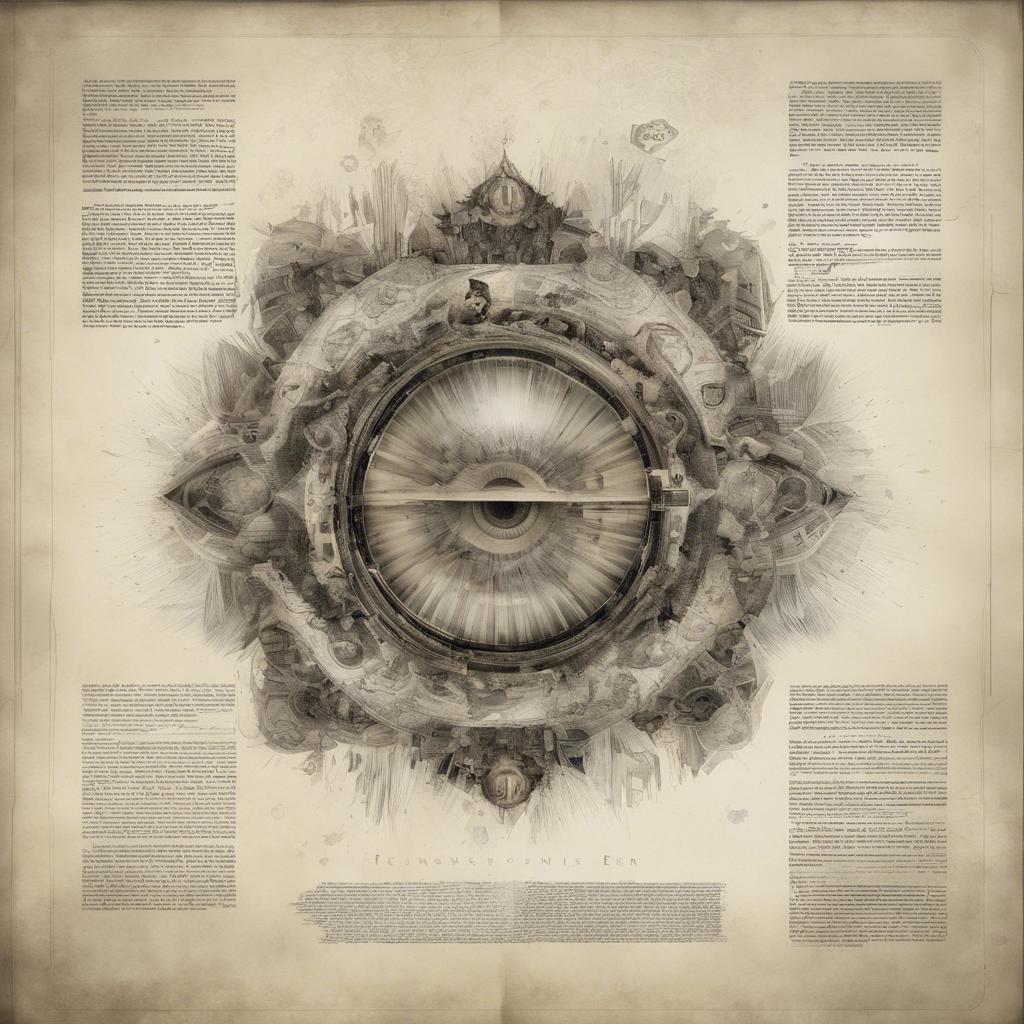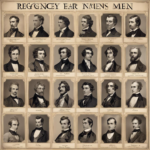During the early 19th century, a remarkable literary phenomenon emerged in the form of regency era journals. These meticulously kept records provide invaluable insights into the daily lives, thoughts, and experiences of individuals living during this transformative period in British history. In this article, we delve into the significance of regency era journals and their enduring impact on our understanding of this fascinating era.
Step Into the World of Cheryl Bolen
Dive into the enchanting stories of love, intrigue, and elegance set in the Regency Era. Cheryl Bolen's novels offer timeless romance and captivating tales that will leave you wanting more.
Explore Cheryl Bolen's Books Now
Headings:
During the Regency era, journals served as a popular form of documenting daily life, thoughts, and experiences. These personal diaries provided a glimpse into the private lives of individuals during this fascinating period in history. From the writings of the nobility to the common folk, Regency era journals offer valuable insights into society, culture, and personal reflections.
One of the most notable features of Regency era journals is the exquisite detail in which daily events were recorded. Whether it was a detailed account of a ballroom dance or a simple walk in the park, journal entries captured the essence of everyday life in the early 19th century. The language used in these journals often reflected the elegance and sophistication of the time, painting a vivid picture of the era.
Moreover, Regency era journals often included sketches, poetry, and personal musings, adding depth and creativity to the written accounts. These artistic elements helped to bring the words on the page to life, offering a multi-dimensional view of the writer’s experiences. As a valuable historical resource, Regency era journals continue to provide valuable insights into the daily lives and inner thoughts of individuals from this period.
The Importance of Regency Era Journals in Understanding Society
During the Regency Era, journals played a crucial role in capturing the essence of society in a way that other forms of historical documentation could not. These journals provide a window into the thoughts, beliefs, and day-to-day life of people during this time period, offering valuable insights into the cultural and social norms of the era. By delving into these journals, historians and researchers can gain a deeper understanding of the complexities of society during the Regency Era.
One of the key reasons why Regency Era journals are so important in understanding society is their ability to shed light on the diverse perspectives of individuals from different social classes. These journals often contain personal anecdotes, reflections, and observations that provide a more nuanced view of the experiences of people from various backgrounds. By examining the contents of these journals, historians can uncover the disparities in wealth, privilege, and power that existed within Regency society.
Furthermore, the detailed accounts found in Regency Era journals offer valuable insights into the political, economic, and cultural landscapes of the time. Readers can gain a better understanding of the major events, trends, and attitudes that shaped society during this period by analyzing the firsthand accounts recorded in these journals. This deeper comprehension allows for a more holistic view of the Regency Era, enriching our overall understanding of this significant period in history.
Key Features of Regency Era Journals: Language and Content
The language used in Regency Era journals is characterized by its formal and elegant style, reflecting the social norms and customs of the time. Authors of these journals often used sophisticated vocabulary and elaborate sentence structures to convey their thoughts and experiences. Additionally, the use of flowery language and poetic expressions was common, adding a touch of sophistication to the written content.
In terms of content, Regency Era journals typically contained detailed accounts of daily activities, personal reflections, and societal observations. Authors often documented their interactions with prominent figures of the time, as well as their thoughts on political events and cultural developments. Furthermore, these journals provided insight into the personal lives and emotions of individuals living during the Regency Era, offering a glimpse into the social dynamics and customs of the time.
One key feature of Regency Era journals is the inclusion of sketches, drawings, and illustrations alongside written entries. These visual elements added a unique and personal touch to the journals, bringing to life the experiences and surroundings of the authors. From detailed landscapes to simple sketches of everyday objects, these illustrations offered readers a more immersive and vivid understanding of the content.
Recommendations for Researchers Exploring Regency Era Journals
In order to make the most out of your research on Regency Era journals, it is important to consider the following recommendations:
- Focus on specific themes: Narrow down your focus to specific themes or topics within the Regency Era to make your research more manageable and targeted.
- Utilize online databases: Take advantage of online databases and digitized collections to access a wide range of Regency Era journals from the comfort of your own home.
- Consult secondary sources: In addition to primary sources, be sure to consult secondary sources such as academic articles and books to gain a deeper understanding of the historical context surrounding the journals.
| Theme | Best Journals |
|---|---|
| Romance | La Belle Assemblee |
| Politics | The Times |
| Fashion | The Lady’s Magazine |
Exploring the Social and Cultural Significance of Regency Era Journals
In the enchanting world of Regency era journals, we delve into the intricate tapestry of social and cultural norms that defined this fascinating period in history. These journals provide a unique glimpse into the everyday lives of individuals during the early 19th century, offering valuable insights into their thoughts, emotions, and experiences.
Through the pages of these journals, we can uncover the prevailing customs, beliefs, and values of Regency society. From etiquette and fashion to politics and literature, these personal accounts provide a rich source of information that sheds light on the social dynamics of the time. They offer a window into the past, allowing us to connect with the voices of those who lived during this transformative period.
As we explore the social and cultural significance of Regency era journals, we are transported to a world of grand balls, intricate courtships, and elaborate societal rituals. These journals capture the essence of a bygone era, where manners and decorum reigned supreme. They offer a captivating glimpse into the lives of both the aristocracy and the common folk, providing a comprehensive view of the diverse social landscape of Regency England.
Closing Remarks
the journals of the Regency era provide a valuable insight into the daily lives, thoughts, and experiences of individuals from a bygone era. These personal accounts offer a glimpse into the social, political, and cultural landscape of the time, shedding light on the attitudes, beliefs, and concerns of the period. By exploring these journals, we can better understand the challenges and triumphs of those who lived during this fascinating period of history. As we delve into the pages of these unique and compelling documents, we are reminded of the enduring relevance of the past and the importance of preserving and studying our historical heritage.


